Does anyone have a complete working example of how to programmatically pair with a BLE (not Bluetooth Classic) device that uses passkey entry (i.e. a 6-digit PIN) or Numeric Comparison on Android 4.4 or later? By 'programmatically' I mean I tell Android the PIN - the user isn't prompted.
There are many similar questions about this on SO but they are either a) about Bluetooth Classic, b) old (before setPin() and createBond() were public), or c) unanswered.
My understanding is as follows.
- You connect to the device and discover its services.
- You try to read a 'protected' characteristic.
- The device returns an authentication error.
- Android somehow initiates pairing and you tell it the PIN.
- You can now read the characteristic.
I have created a device using mBed running on the nRF51-DK and given it a single characteristic.
I set up the security parameters like so:
ble.securityManager().init(
true, // Enable bonding (though I don't really need this)
true, // Require MitM protection. I assume you don't get a PIN prompt without this, though I'm not 100% sure.
SecurityManager::IO_CAPS_DISPLAY_ONLY, // This makes it us the Passkey Entry (PIN) pairing method.
"123456"); // Static PIN
And then in the characteristic I used
requireSecurity(SecurityManager::SECURITY_MODE_ENCRYPTION_WITH_MITM);
Now when I try to read it with the Nordic Master Control Panel, I get a pairing request notification like this:
And I can put this PIN in, and then MCP says I'm bonded, and can read the characteristic.
However, in my app I would like to avoid having the user enter the PIN, since I know it already. Does anyone have a complete recent example of how to do this?
Edit: By the way this is the most relevant question I found on SO, but the answer there doesn't seem to work.

